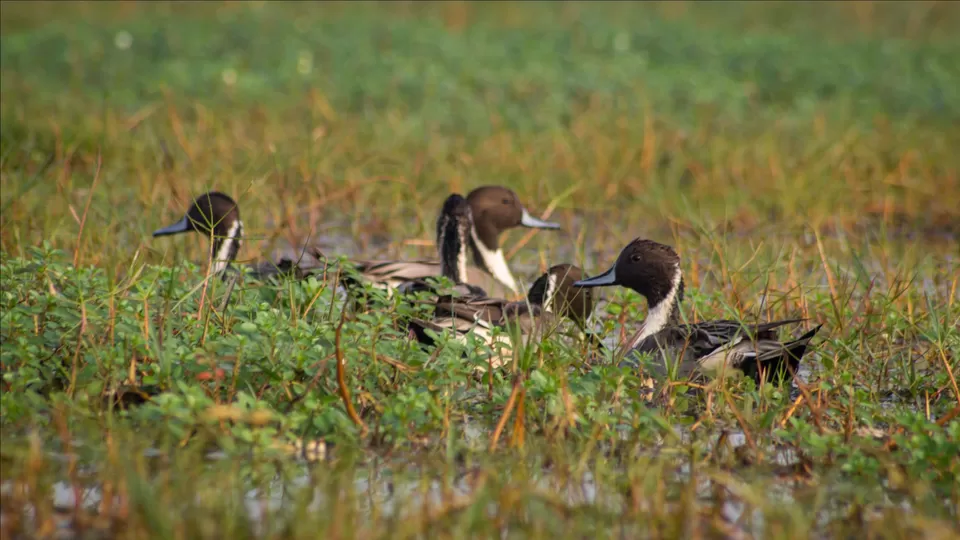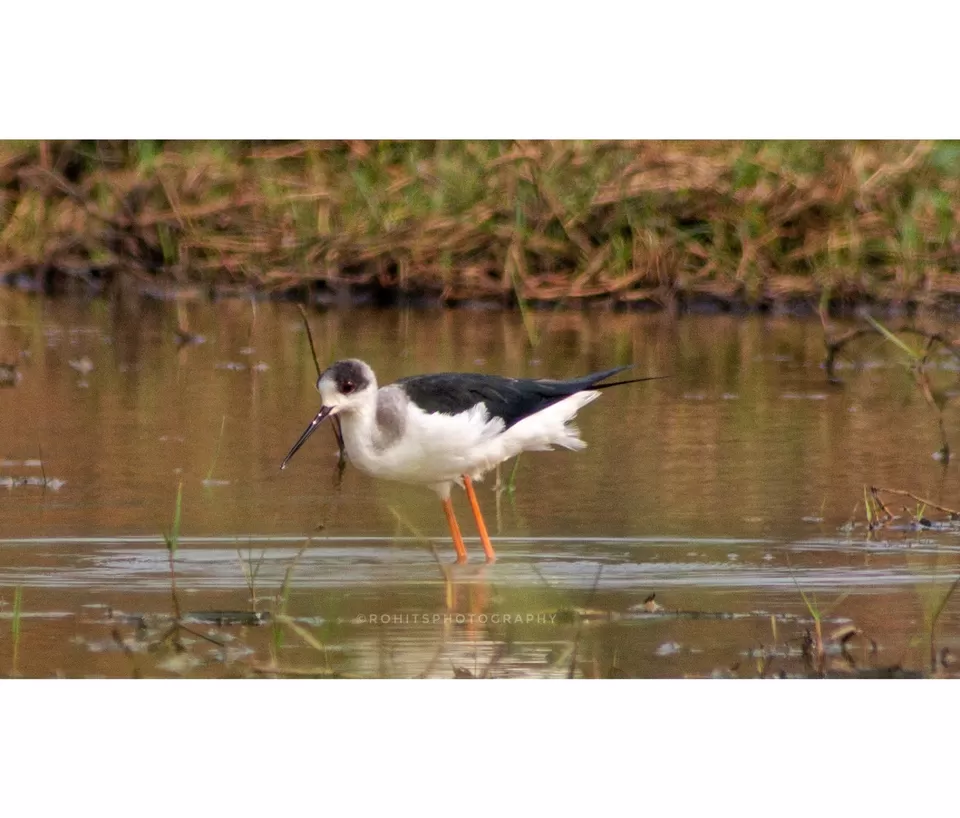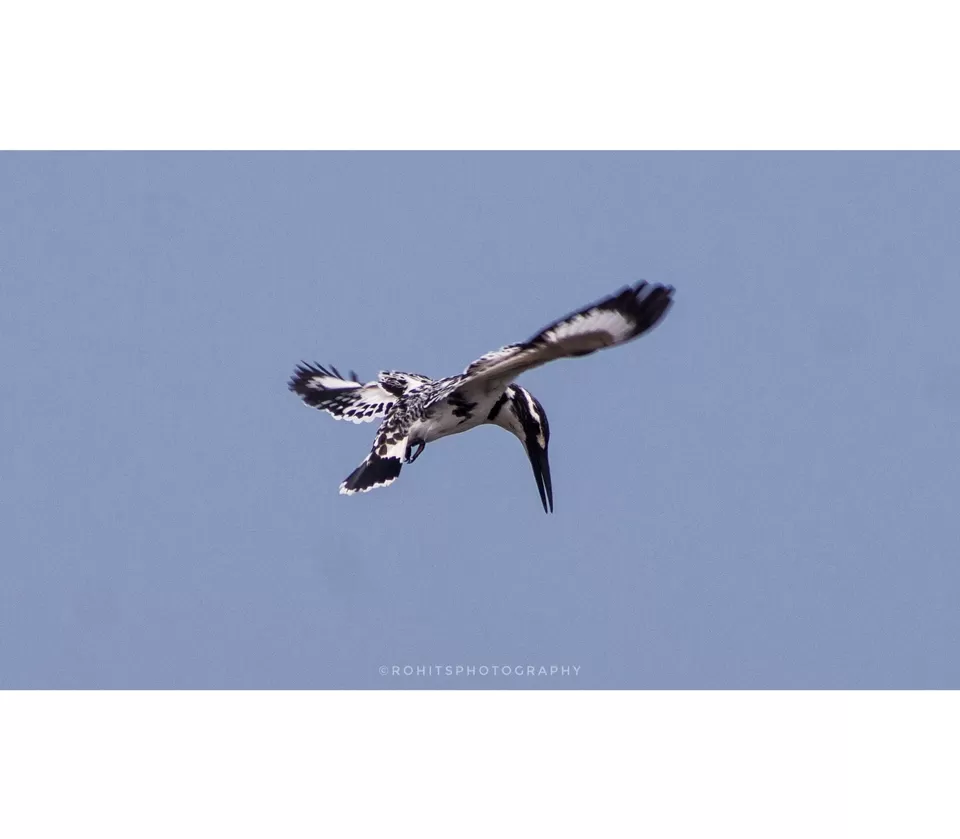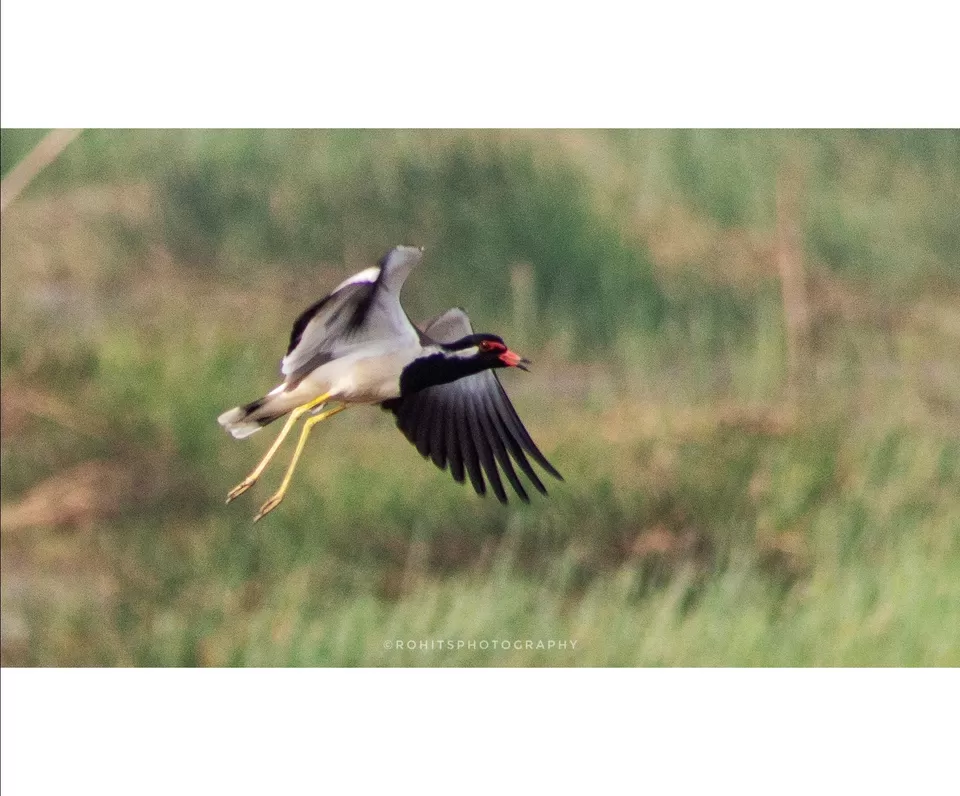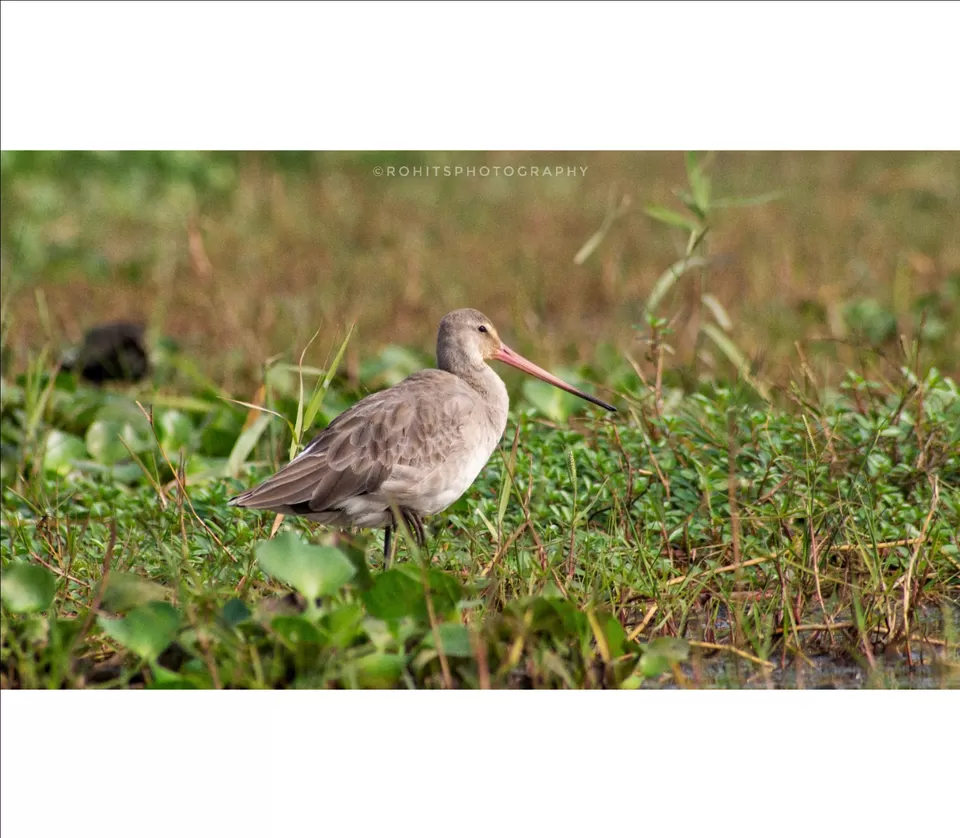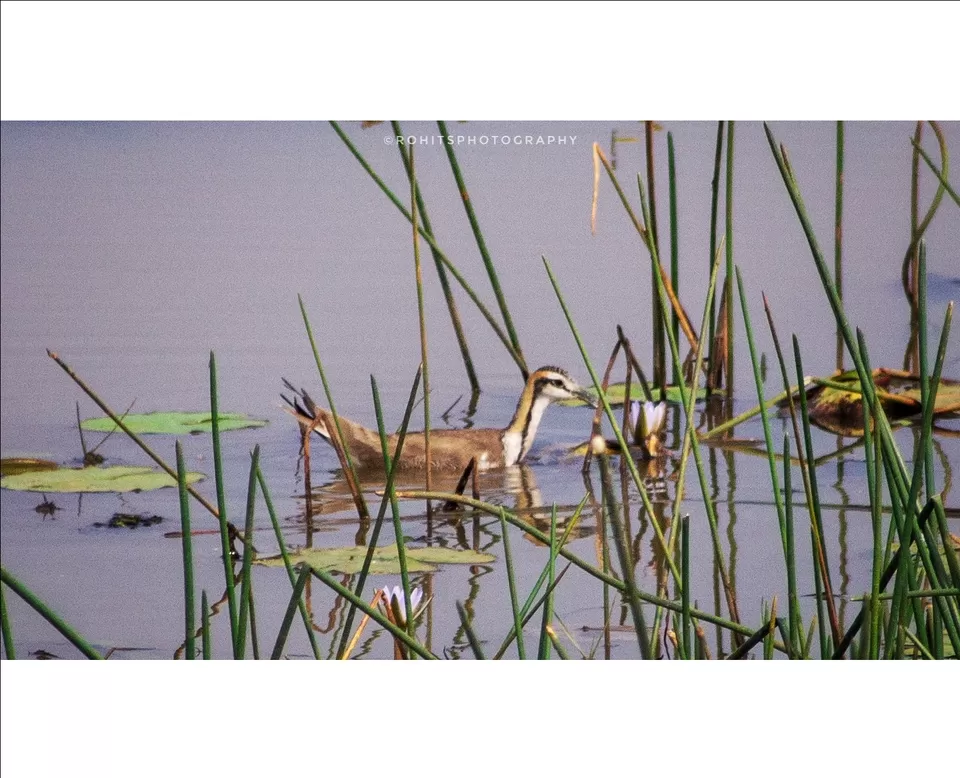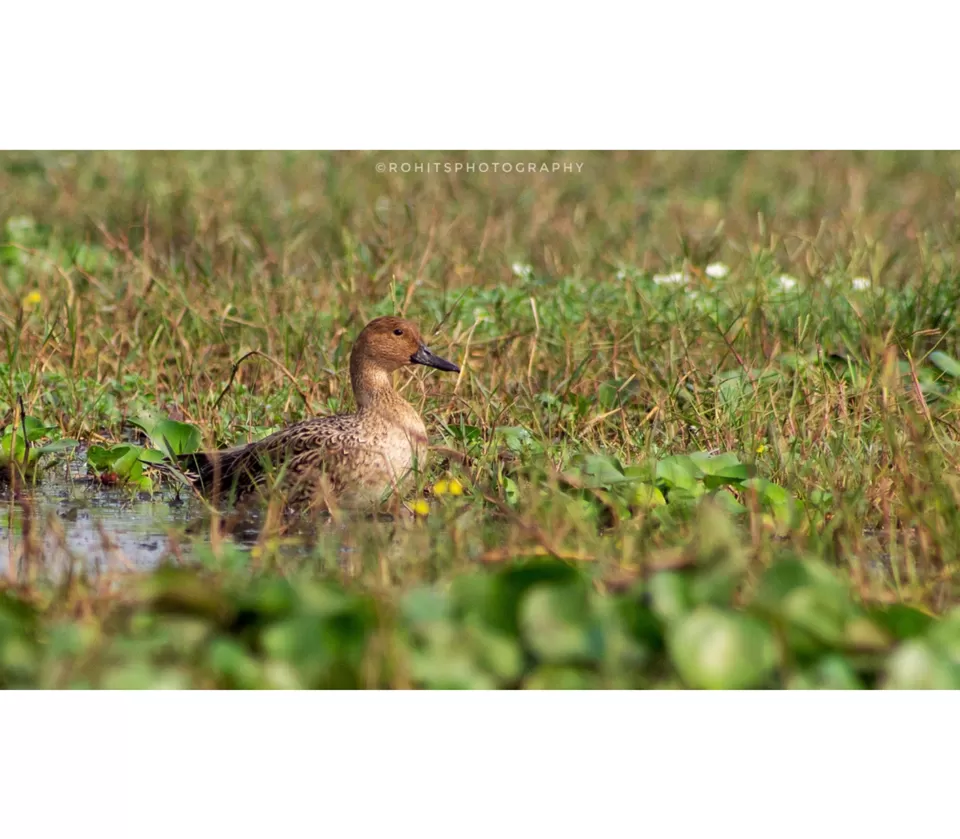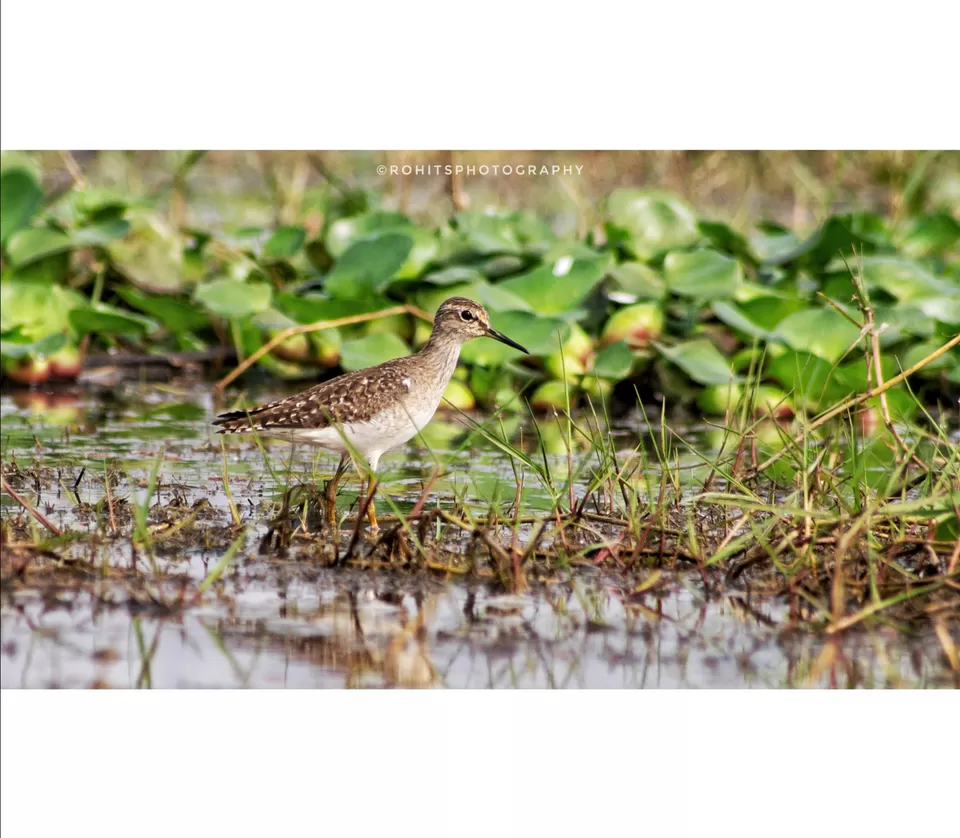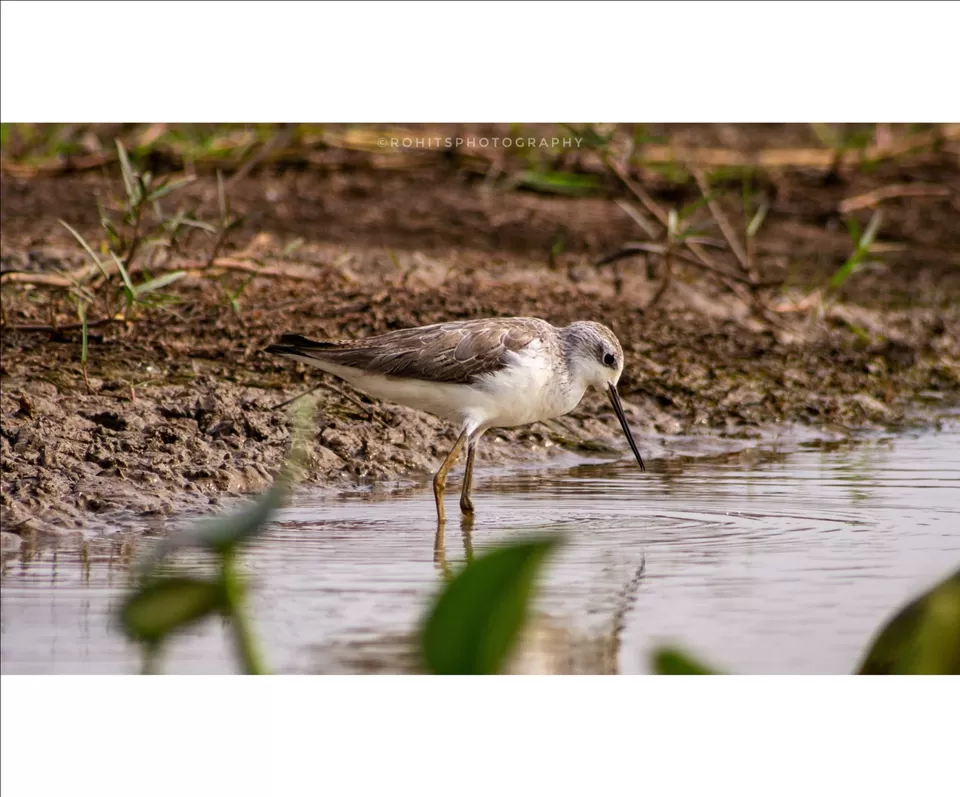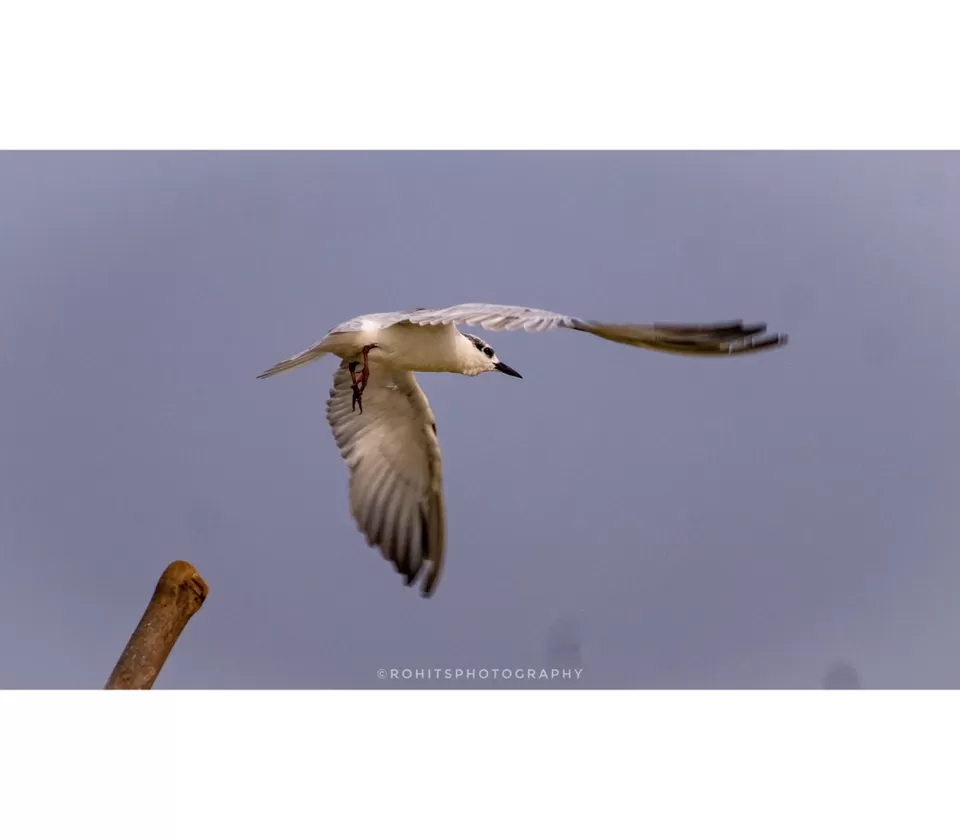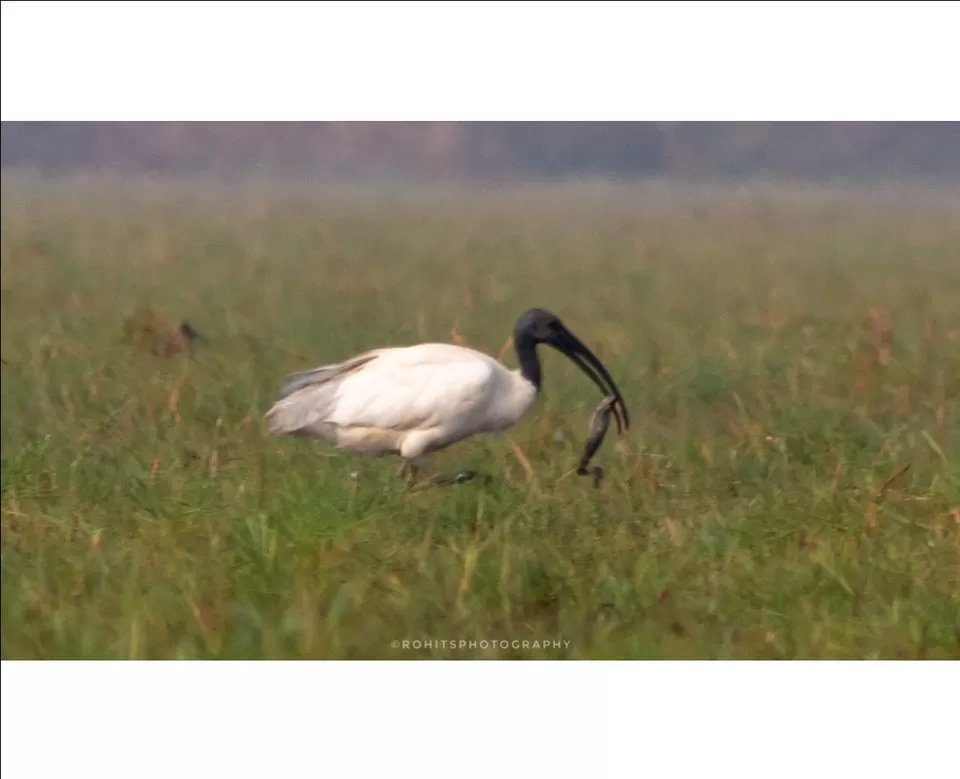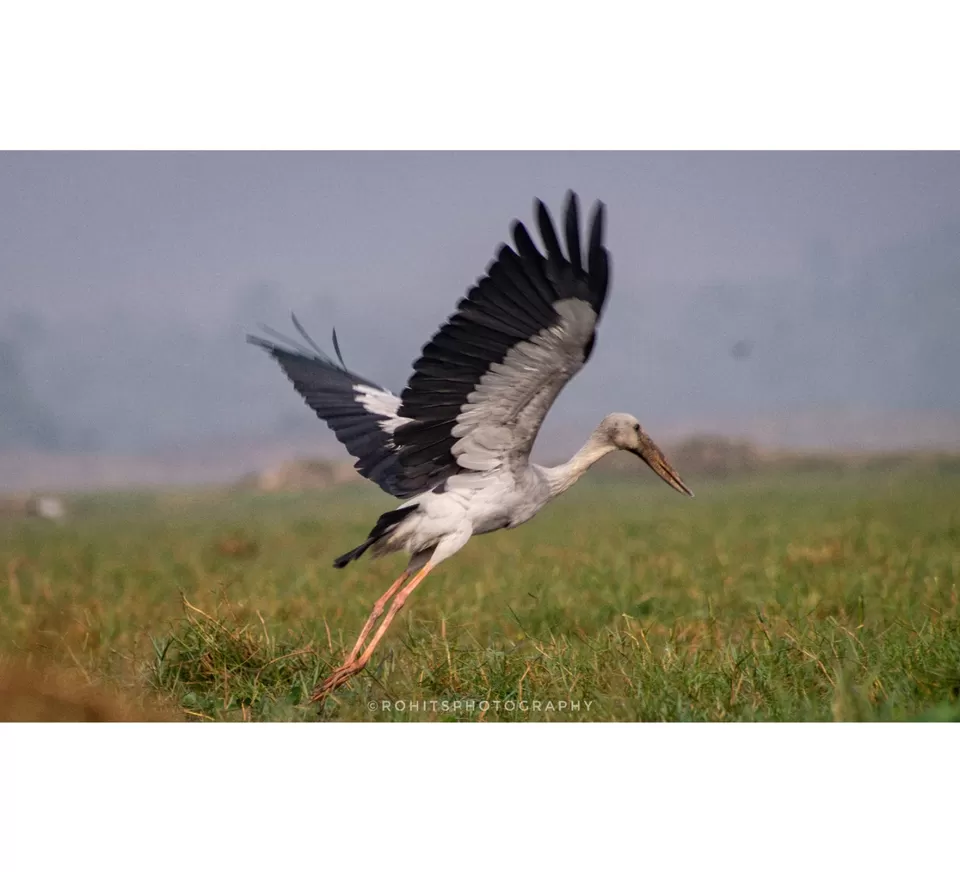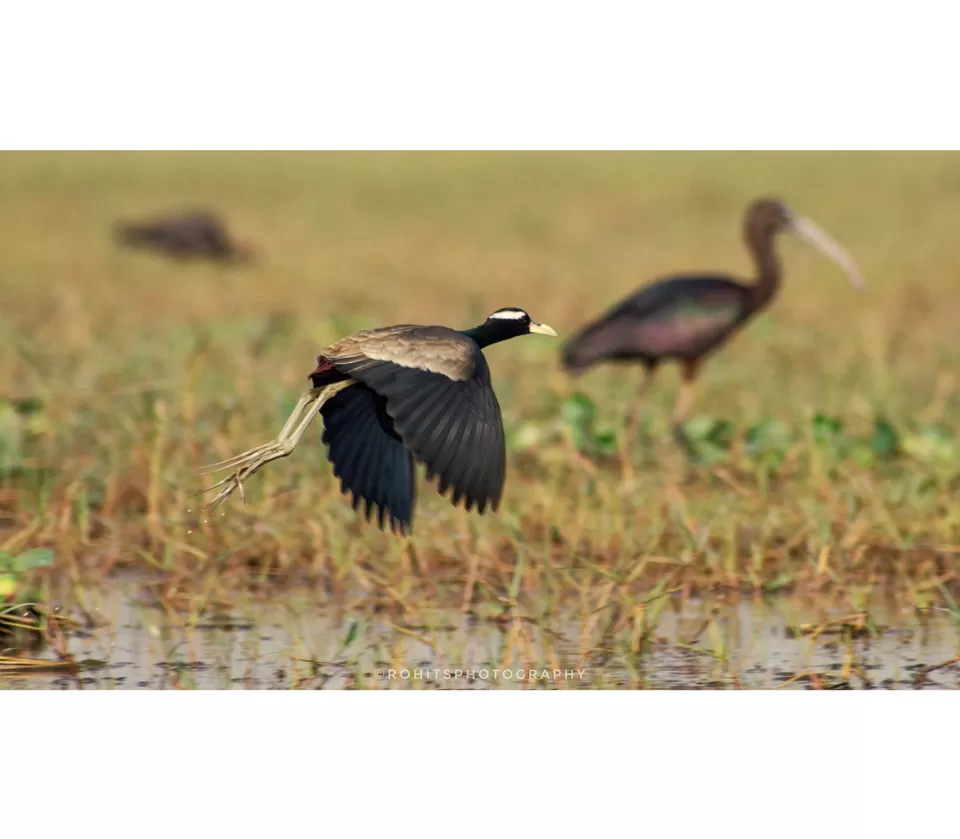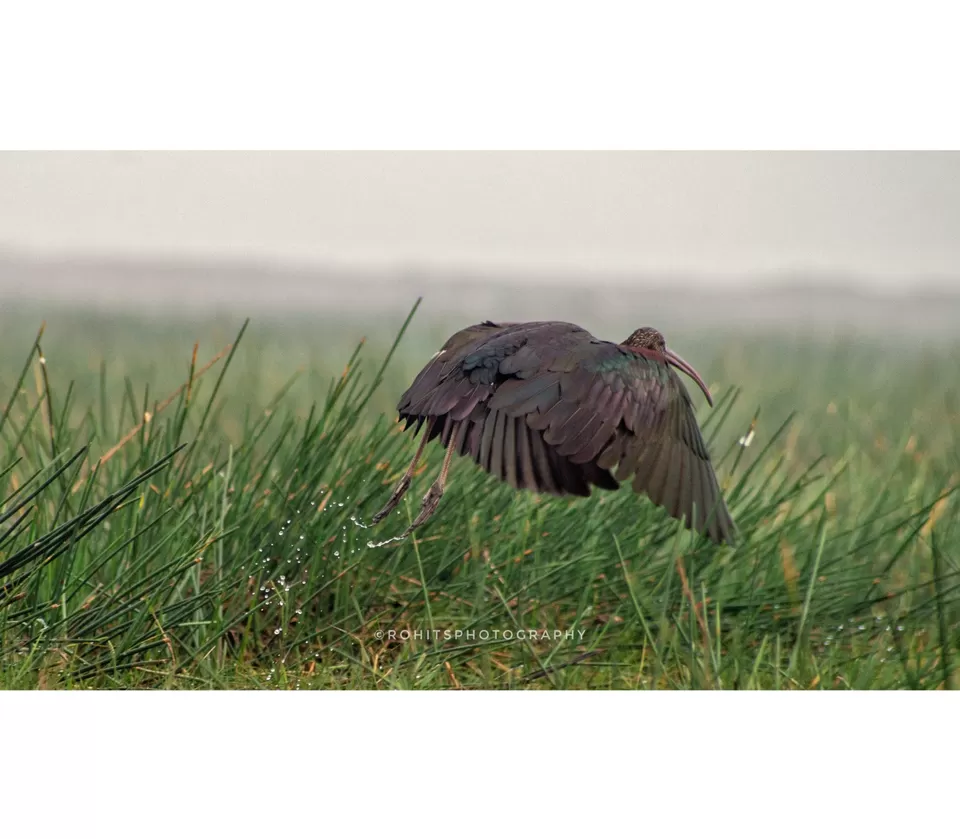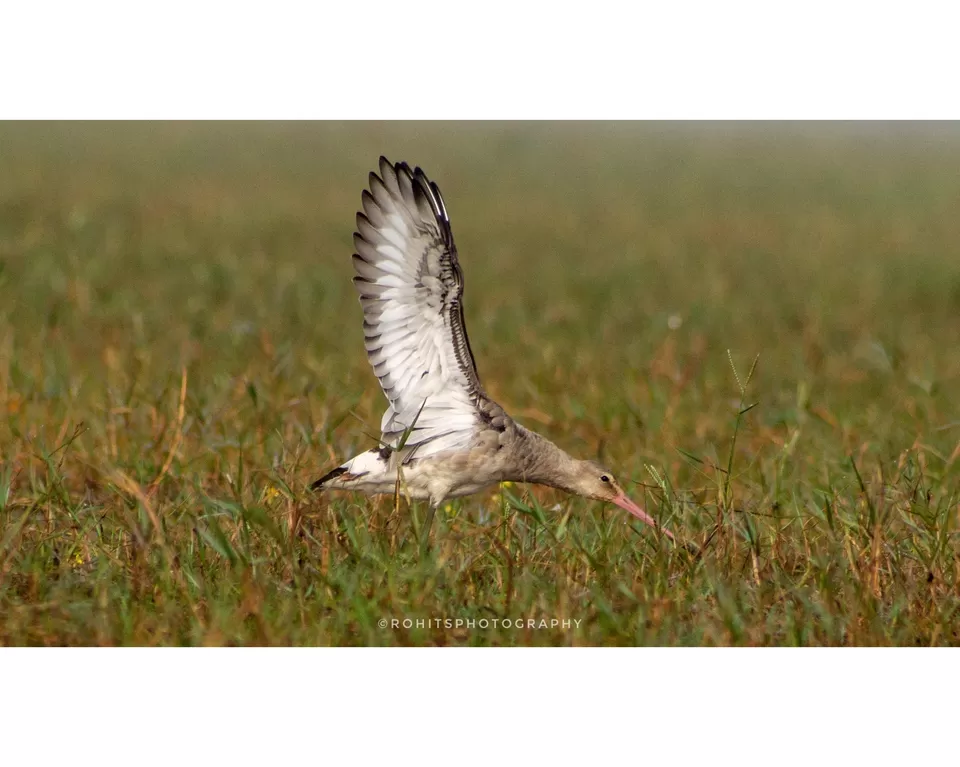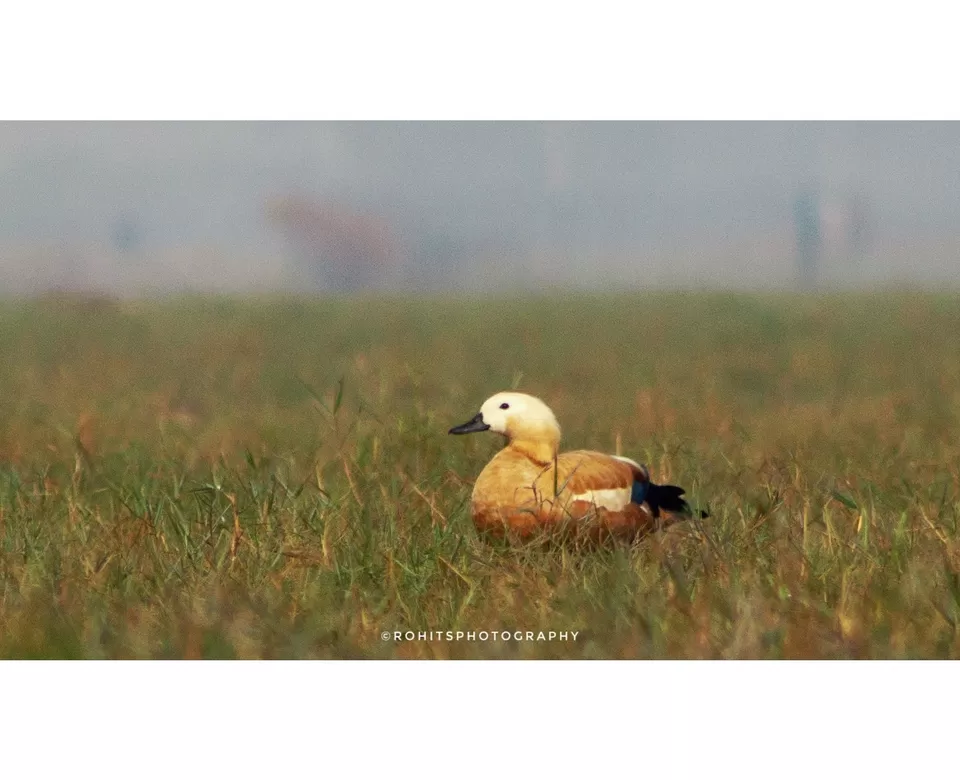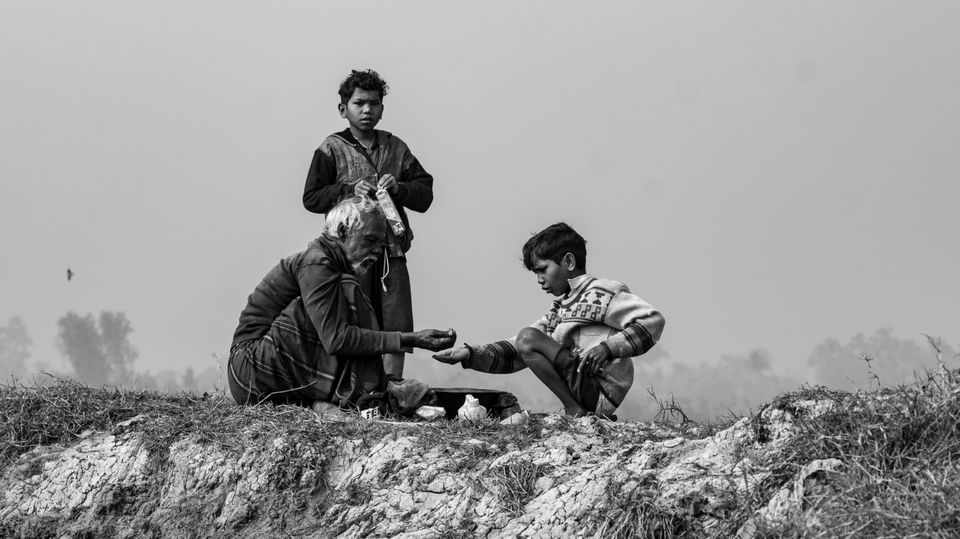
Mangalajodi
I have been yearning for years to visit Magalajodi and listen to its stories from the people. A genuine thanks to Subha Sudarshan Nayak, Saswat Dalai and Samiksha Nayak that made this trip possible. We started from Bhubaneswar at 6:00 AM. It was a 2hr 45 minutes drive. There wasn't much human activities that time around. Reserved a boat for three hours. It cost us 1200, 4 Passengers, A Guide and a Boat Man. They provided us with binoculars and a bird guide book as we all stepped on the boat. Our journey, through this wetland - the largest brackish water lagoon in Asia - was enchanting.
Transformation of Mangalajodi
Once when the villagers were poachers, number of birds were very less. And now the villagers realized the value of the birds and they became the conservationists. During day time they work as birding guides , boatman and hospitality staff. They realized that protecting the bird is their primary source of lively hood . Now they treat the birds who come from far corner of the world, gradually birds also have noticed the transformation. To a birder Mangalajodi is a heaven for photography. A magnificent place to visit and spend some time in wetland. There are so many migrant and local birds in just one place that for a birder it’s worth a visit. One will get all the birds at eye level sitting on a hand paddled canoe.
Heaven of Birds
The birds one will see here is Common greenshank , Open bill stock, Purple moorhen, Black winged stilt, Little wood sandpiper, Black tailed godwit, Purple heron, Cormorant, Pheasant tailed jacana, Bronzed winged jacana, Marsh sandpiper, White breasted waterhen , Red wattled lapwing, Little grib, White bellied sea eagle, Whiskered tern, Brahmini kite, Yellow wagtail, Pygmi goose, Ruddy shelduck & many more
How to go
Nearest railway station of Mangalajodi is Balugaon. Many trains from Howrah station of Kolkata stop here. From Balugaon it is 30 Km. journey to Mangalajodi. One can also take a flight to Bhubaneswar, Mangalajodi is only 2 hours drive. Best time to visit is November to February to see migratory birds.
Some of the pictures which we clicked at Mangalajodi wetland.
By :- Rohit chhantbar
Instagram :- Rohit chhantbar
Facebook :- Rohit chhantbar
WhatsApp :- 08093479854
References :- Wikipedia
